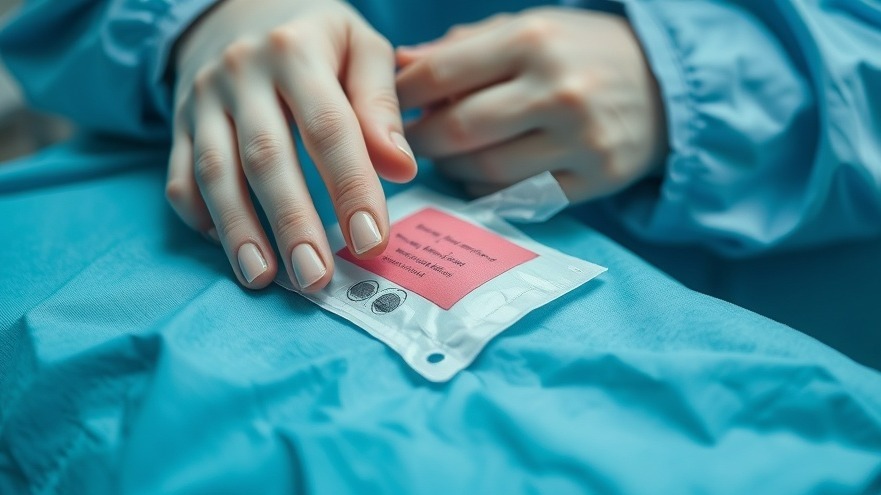
Revolutionizing Wound Care: The Intelligent Dressing Breakthrough
In a significant advancement for chronic wound management, ETH Zurich’s Börte Emiroglu has developed an intelligent wound dressing that promises to transform healing processes for patients suffering from prolonged wounds. The sponge-like hydrogel dressing is textured with microgels designed to capture inflammatory signals while simultaneously stimulating regeneration, addressing a critical gap in current wound care.
The Burden of Chronic Wounds
Chronic wounds are a serious medical issue, affecting millions of individuals globally. Conditions like diabetes and circulatory disorders often contribute to open skin lesions that can take months or years to heal. Current treatment strategies frequently fall short, leading to high healthcare costs and poor patient quality of life. Emiroglu’s innovative dressing aims to break this cycle of frustration by meticulously controlling inflammation and enhancing healing.
A Deep Dive into Hydrogel Technology
The intelligent wound dressing utilizes granular hydrogels, which are essentially tiny gel particles forming a cohesive sponge-like structure. This unique design allows for high absorption capacity, enabling the dressing to selectively target harmful inflammatory signals while nurturing the healing environment. As Emiroglu explains, the dressing isn’t just a passive absorber; it actively guides the wound through its healing stages.
Biomedical Engineering Meets Real-World Needs
Emiroglu's academic journey reflects a commitment to applied science. Beginning with limited knowledge of hydrogels during her master’s degree, she has navigated through rigorous research at ETH Zurich, leading to the birth of Immunosponge—a start-up focused on these pioneering wound care solutions. Such interdisciplinary approaches are crucial in bridging the gap between theoretical research and practical medical applications.
Impacts on Patient Care: What Practitioners Need to Know
For concierge health practitioners, staying abreast of innovations such as the intelligent wound dressing is essential. This product does not merely offer a new treatment; it represents a shift in how we approach wound care. Patients with chronic wounds often experience recurrences and prolonged suffering due to cycles of inflammation; an effective solution like Emiroglu’s dressing can not only improve healing times but also enhance patient satisfaction.
Future Trends in Wound Care Technology
Looking ahead, the field of wound care is poised for disruption. As technologies improve, chronic wound management may see a full spectrum of products that not only facilitate healing but also empower patients with self-management tools. Incorporating intelligent materials into routine care could lead to healthier recovery trajectories and lower healthcare expenditures.
Unique Benefits of Intelligent Dressings
The bespoke nature of the intelligent wound dressing enables targeted approaches in treating various wound types. Practitioners can adapt this technology according to individual patient needs, potentially improving long-term outcomes. Furthermore, by absorbing only detrimental signals, the dressing creates an optimally healing environment, which could mitigate the emotional toll of prolonged wounds on patients.
Key Takeaways For Health Practitioners
As a concierge health practitioner, understanding the implications of innovative wound care solutions is vital. Here are some takeaways:
Keep informed about emerging technologies in wound care.
Implementing smart dressings can empower patients and streamline recovery.
Consider the cost benefits of reduced healing times and improved satisfaction.
Conclusion: A Call to Action for Healthcare Professionals
As the healthcare landscape continues to evolve with technologies like the intelligent wound dressing, addressing chronic wounds with enhanced tools becomes imperative. Practitioners are encouraged to explore and adopt these innovations in order to provide the best possible care for their patients. By embracing these advancements, you can significantly contribute to better health outcomes and redefine wound management practices.
 Add Row
Add Row  Add
Add 




Write A Comment